Canongate Kirkyard
This Scottish graveyard is the final resting place of the man who inspired the character Ebenezer Scrooge.
Canongate Kirk is a parish belonging to the Church of Scotland. The graveyard is the final resting place for a few of the country’s most notable figures. Among those interred are economist Adam Smith and poet Robert Fergusson. David Rizzio, Queen Mary of Scot’s private secretary, who was murdered at nearby Holyrood Palace, is also interred here. However, one grave had one of the greatest impacts on literary history, and it was that of a simple corn merchant.
In 1841, Charles Dickens paid a visit to Edinburgh for a lecture he was giving. While taking a long walk along the Royal Mile, he passed through the graveyard of Canongate Kirk. There he encountered a gravestone he found particularly strange.
Ebenezer Lennox Scroggie had been a corn merchant most of his life, and so his tombstone described him as “a meal man.” In the dimming light of the evening, Dickens misread the inscription as “a mean man.” He later wrote in his personal notebook that “to be remembered through eternity only for being mean seemed the greatest testament to a life wasted.”
Two years would pass before Dickens dug this name out of his notes, and when he did, he created one of literature’s most beloved symbols of redemption and Christmas spirit. Adjusting the name to “Ebenezer Scrooge,” the protagonist of A Christmas Carol was born.
Scroggie himself was no saint. In fact, he was best known for goosing the Countess of Mansfield during the General Assembly of the Church of Scotland. However, he was far from the cruel old man Dickens created. Outside his lack of candor, Scroggie for two years served as Edinburgh’s Lord Provost and provided supplies for Captain James Cook’s various endeavors
Sadly, his grave marker was lost during construction work in 1932, but Canongate Kirk still stands, and many tours take visitors through the grassy paths of the cemetery. The story of Dickens’s meeting with Scroggie’s grave is a popular one. Perhaps he wondered what his own tombstone would say about his life as he wandered through the cemetery.
The adjoining church serves as Queen Elizabeth II’s local place of worship when she is visiting, usually the first week in June, around her birthday. A Royal Pew can be located inside, it is demarcated by a miniature crown atop a red pillow in the front row. Ever year, a Christmas Tree is donated to the parish from the Royal Family’s estate in Balmoral. The 300 year old royal coat of arms, lion and unicorn, hanging below the rooftop recently underwent an extensive refurbishment.
Know Before You Go
The church offers free tours of the cemetery. Check their website to see when tours are available. If you are fortunate enough there may be greeters inside the church who will sell you a map of the cemetery.
Keep your eye out for "The Last Chimaera,"a sculpture created by Josefina de Vasconcellos, it's located outside to the right of the church's entrance. It represents the church (Eagle) being attacked by the forces of evil, (The Chimaera) and being protected by a knife-wielding boy (truth and purity).

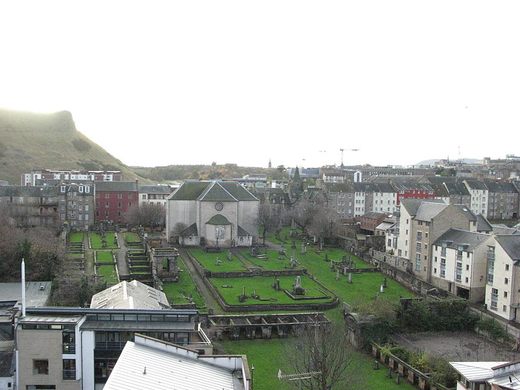
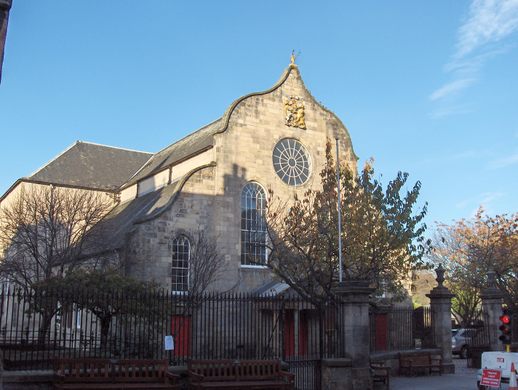


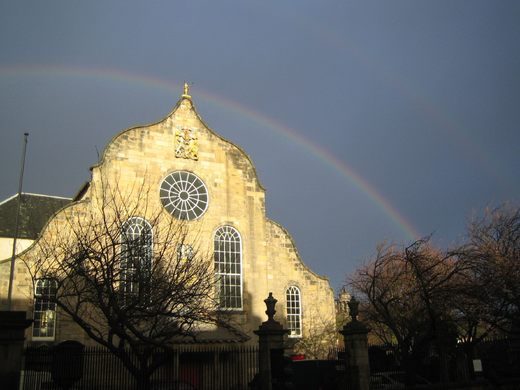







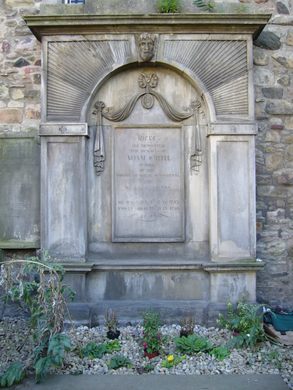


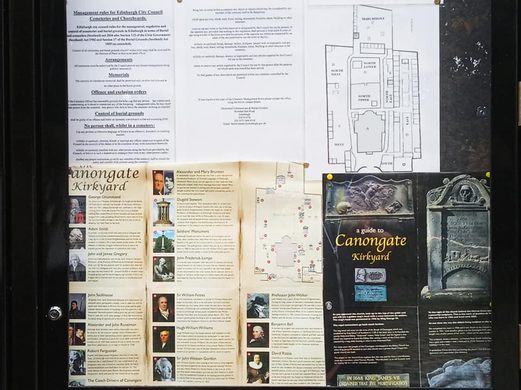
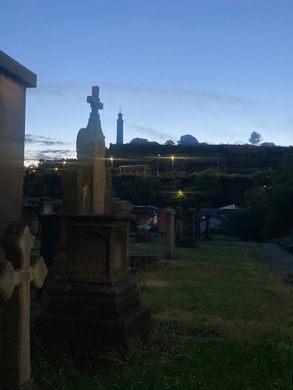

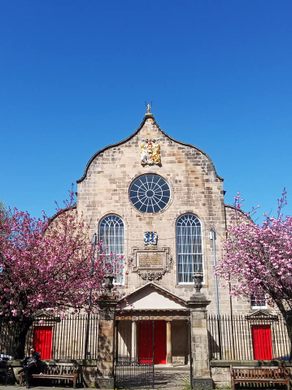
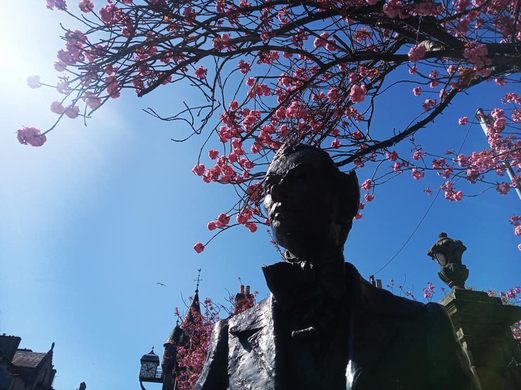
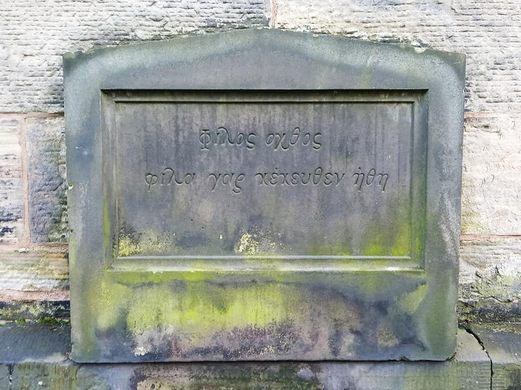

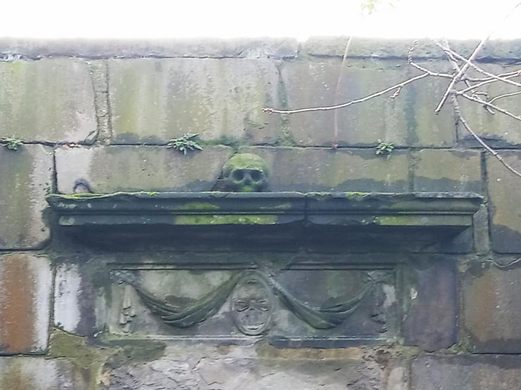


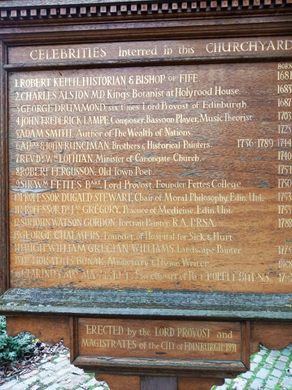
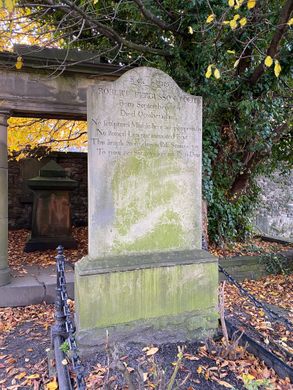








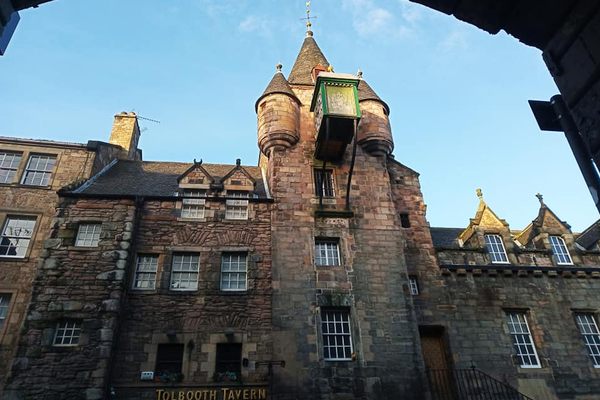




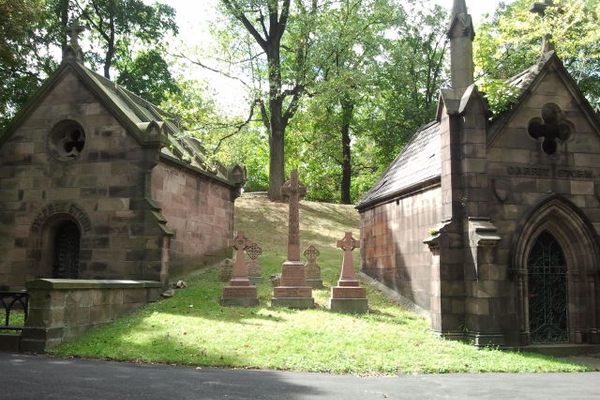



Follow us on Twitter to get the latest on the world's hidden wonders.
Like us on Facebook to get the latest on the world's hidden wonders.
Follow us on Twitter Like us on Facebook